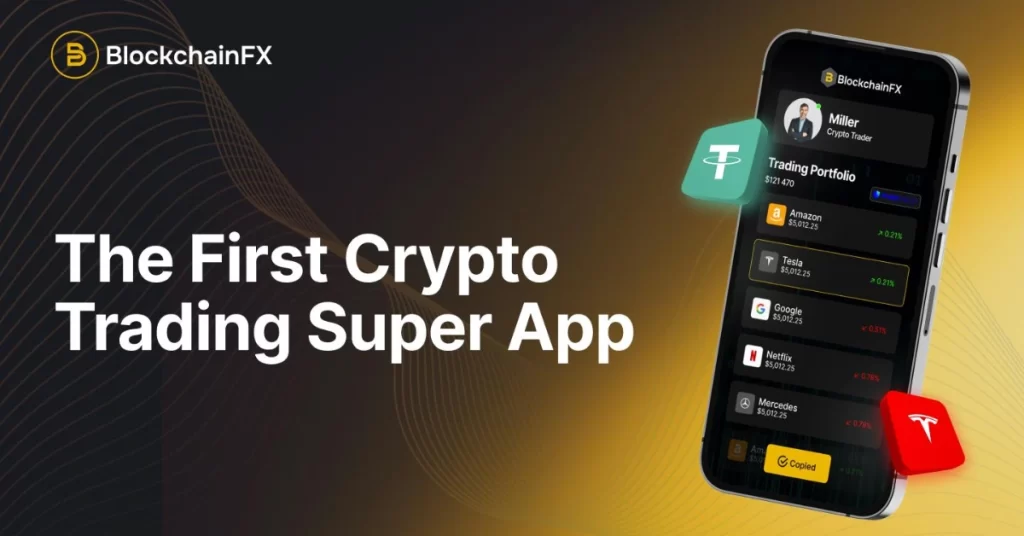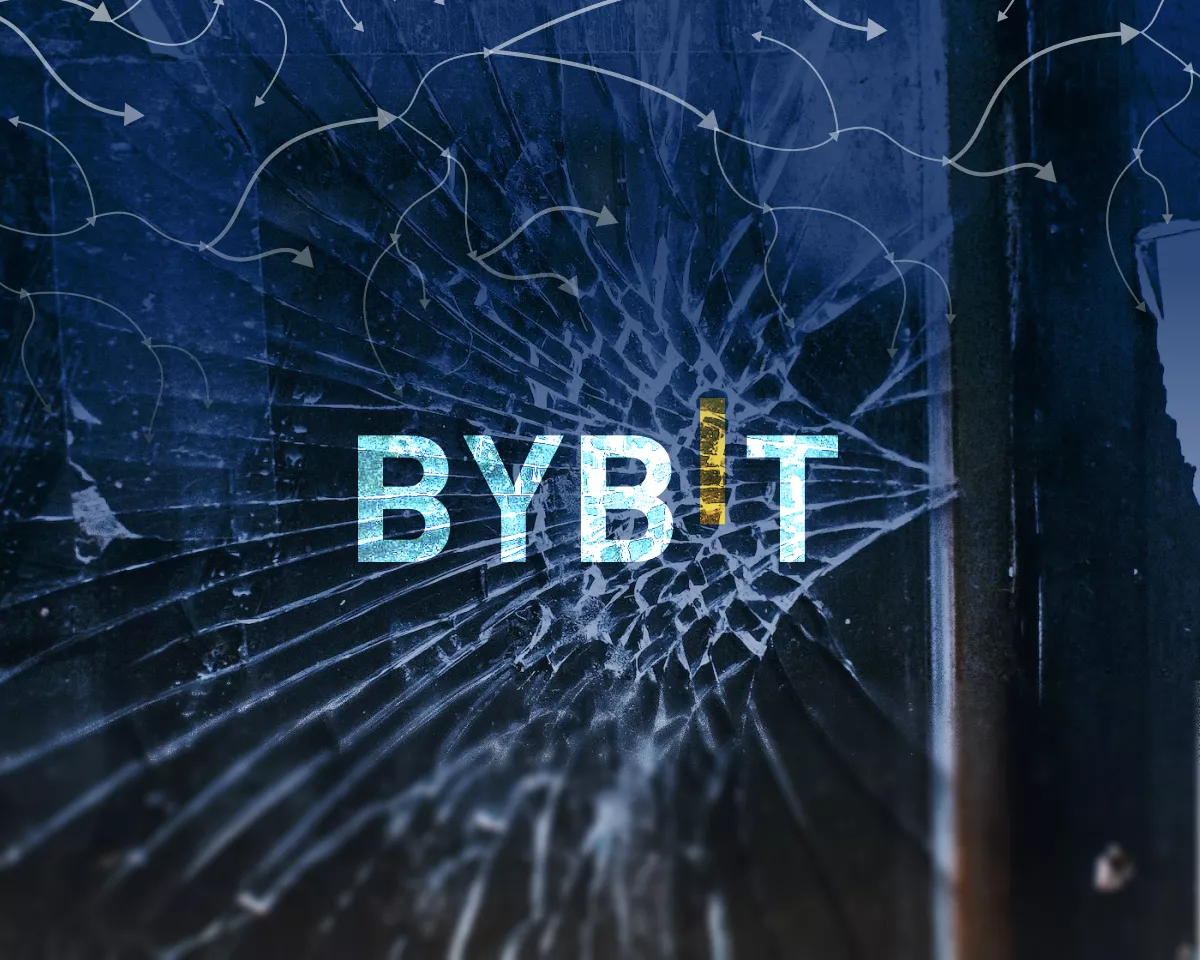
The post ViaBTC | LTC Halving Approaching: Crucial Indicators for Miners appeared first on Coinpedia Fintech News
As one of the earliest cryptocurrencies, Litecoin has always been a key player in the industry. This coin once again captured the spotlight this June. As it became one of the four cryptocurrencies supported by EDX Markets. This and the upcoming halving have helped Litecoin record exceptional performance in the first half of 2023. By the end of Q2, the LTC price surged by an impressive 54.29%, peaking at $113. Despite a slight dip in July, LTC has grown more than 29% in value so far this year, outperforming many other assets, including gold.
Litecoin now ranks as the 12th largest cryptocurrency, with a market cap of approximately $6.68 billion. Miners who keep the network running produce around 7,200 LTC daily, valued at $648,000. With the LTC halving drawing near, in addition to putting in hashing power, miners also need to keep track of the following key metrics to make wise decisions during this critical period.
Date: The halving is expected to take place on August 2 or 3, only less than 3,700 blocks away.
Reduced block reward: The halving will bring down the block reward from 12.5 LTC to 6.25 LTC.
I. Exchange Netflow
Exchange netflow is an indicator that measures the difference between the inflow and outflow of funds on cryptocurrency exchanges during a specific period. Understanding this metric helps miners gauge the strength of buyers and sellers on exchanges and track market trends.
A positive exchange netflow indicates that more coins are flowing into exchanges. This could trigger an oversupply and a bearish sentiment, resulting in a decline. Conversely, a negative netflow means that more coins are leaving exchanges. Which may cause a shortage and a bullish sentiment, leading to a surge.
 Source: chainalysis.com
Source: chainalysis.comAccording to Chainalysis, as of July 26, only 180,500 LTC flowed into exchanges, which is below the average level recorded over the past 180 days. This suggests that more miners and investors tend to hold onto LTC in wallets rather than selling them off. As a result, there might be a short-term shortage, which could drive up the price.
II. Whale Holdings
Cryptocurrency whales are individuals or entities with massive cryptocurrency holdings that can significantly influence the market. Whales often own millions or even billions of coins; they have a material impact on market prices through large-scale buying and selling activities, which makes them a critical force in the market. In the cryptocurrency space, whales are often the focus of all investors because their investment patterns usually indicate market trends.
Data from ViaWallet Explorer shows that all of the top ten LTC whales made transactions in June or July this year. In particular, the address starting with “M8T1” now has the largest LTC holding, and its balance has remained stable over the past year; the whale address starting with “MQd1”, on the other hand, has been hoarding Litecoin since the beginning of 2023. Additionally, the address starting with “ltc1” purchased 2.375 million LTC on May 27 and has maintained a stable balance since then.
Moreover, the top 100 whales currently control over 44% of the total LTC supply, according to ViaWallet’s Rich List.
III. Network Transactions
Network transactions represent the willingness of users to use Litecoin for transactions. Since early May, driven by the BRC-20 boom and the introduction of the LRC-20 protocol, the LTC network has seen a surge in transactions. On May 10, the network processed over 600,000 transactions within 24 hours, a record high. During that period, Litecoin’s daily transaction volume was on par with Bitcoin’s, and the number of active LTC addresses reached an all-time high.
Although the figures dipped after the excitement around LRC-20 cooled down, the network’s average daily transaction volume still exceeds last year’s levels.
IV. Network Hashrate and Difficulty
Hashrate and difficulty are two indicators that measure the sentiment of the mining community. According to data from a blockchain explorer, the LTC hashrate has kept rising since 2023 kicked off and set a new record of 1.03 PH/s on July 3.
This hashrate spike indicates that more miners are joining the LTC community, which will make the network safer and stabler. For some cryptocurrency analysts, the surging hashrate is a leading signal of upcoming price growth.

In the past week, Litecoin added 4,045 new blocks, 1,382 blocks of which were from ViaBTC, the largest LTC mining pool. The next difficulty adjustment is only two days away, and at the current daily production rate of 571 blocks, the third halving will occur in just 155 hours, which is less than 7 days.
About ViaBTC
ViaBTC, founded in May 2016, has provided professional, efficient, safe and stable cryptocurrency mining services. For over one million users in 130+ countries/regions around the world, with a cumulative mining output value of tens of billions of dollars. As a world’s top all-inclusive mining pool, it provides mining services for dozens of mainstream cryptocurrencies including BTC, LTC, KAS, etc. Backed by the one-stop, all-inclusive services spanning the mining pool, the exchange, and the wallet, ViaBTC is committed to offering global users more abundant supporting tools, stabler and more efficient mining services, and better product experience.

 1 year ago
119
1 year ago
119















 English (US) ·
English (US) ·